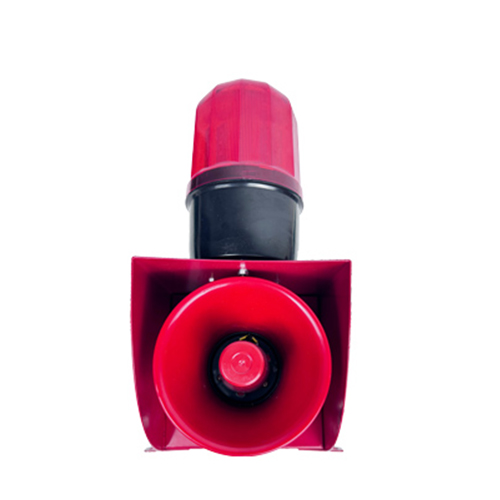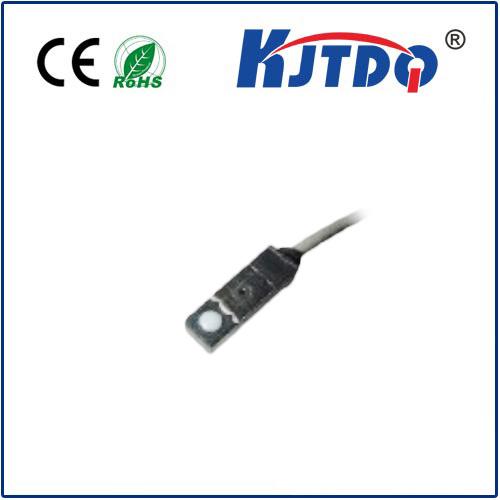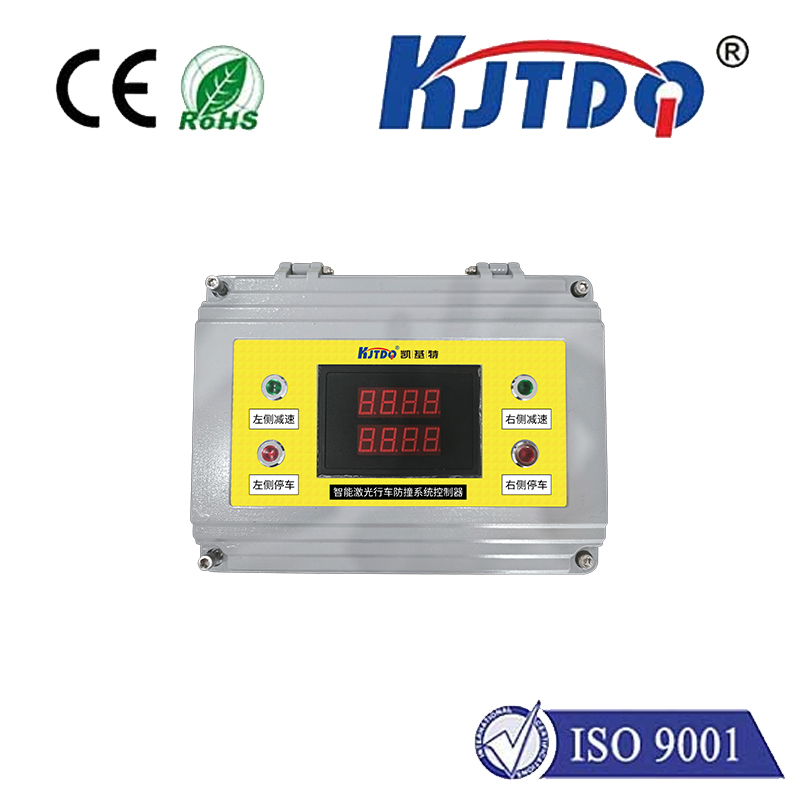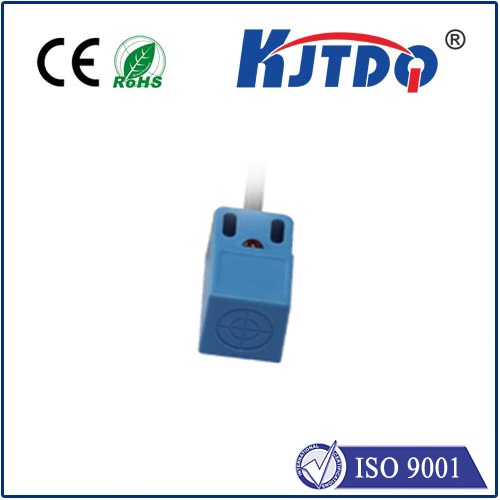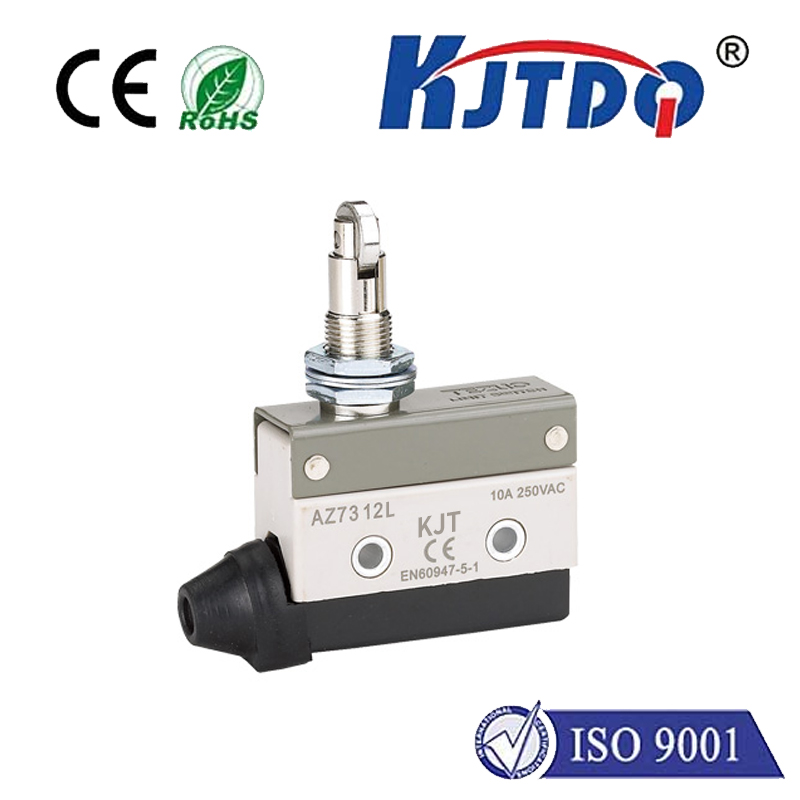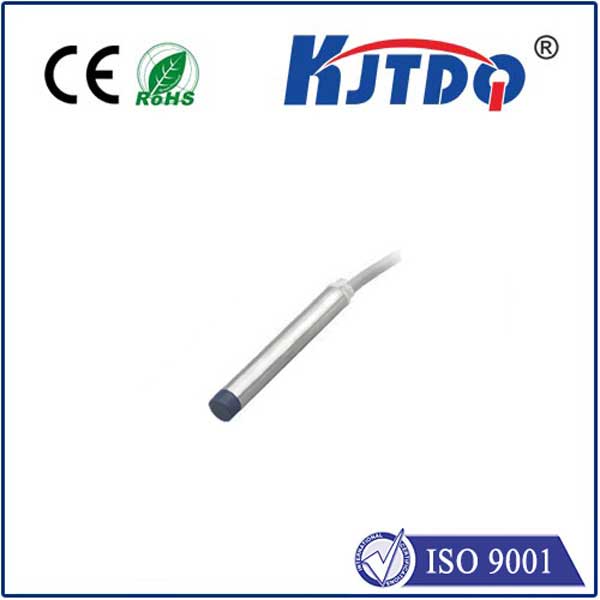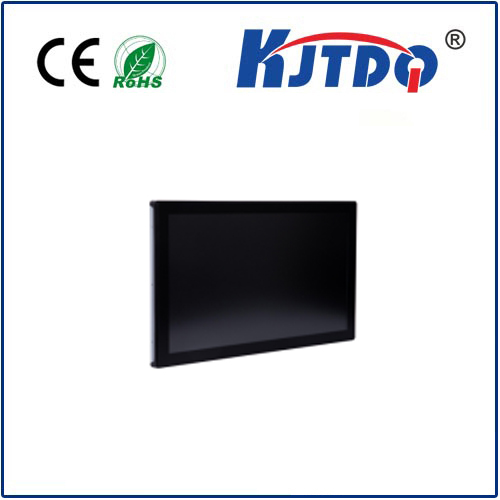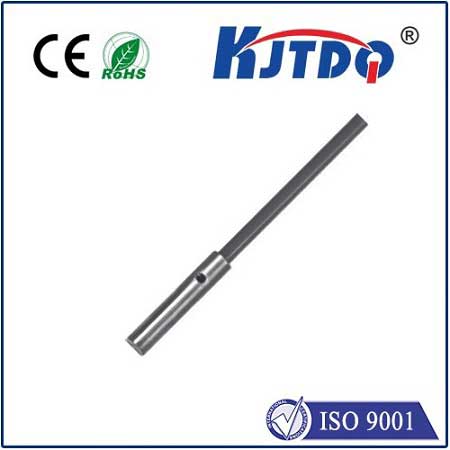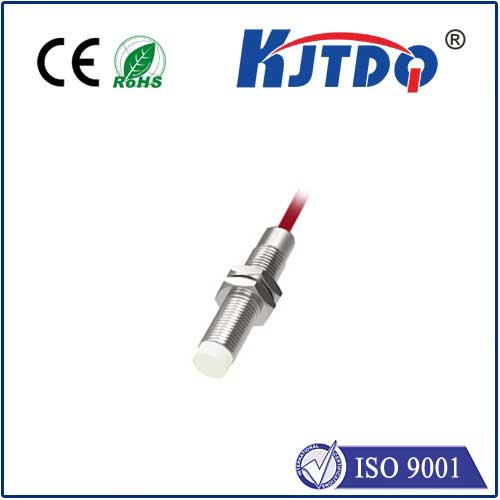digital temperature controller thermostat
- time:2025-08-24 02:16:01
- Click:0
Beyond the Dial: How Digital Temperature Controllers Revolutionize Climate Management
That familiar click of an old-school thermostat kicking on the heat is a sound slowly fading into history. Why? Because manually twisting a dial or sliding a lever is a frustratingly imprecise way to manage temperature, leading to uncomfortable swings and wasted energy. Enter the digital temperature controller thermostat – a sophisticated, intelligent system that offers unprecedented control over your environment. This isn’t just an upgrade; it’s a fundamental shift towards precision, efficiency, and convenience in both homes and complex industrial processes.
Gone are the ambiguous dials and guesswork. Digital temperature controllers replace them with clear LCD or LED displays showing the exact current temperature and your desired setpoint. This visual clarity is just the tip of the iceberg. The true power lies in their sophisticated brains – microprocessors that continuously monitor temperature via high-accuracy sensors (thermocouples, RTDs, or thermistors) and make split-second decisions to maintain the environment exactly where you want it.
How Does a Digital Thermostat Achieve Such Precision?
Unlike their mechanical predecessors that simply turned equipment fully on or off at a specific point (causing overshoot and undershoot), digital controllers utilize PID control algorithms.

- P (Proportional): Adjusts the output power proportionally to how far the current temperature is from the setpoint. A larger error means a stronger response.
- I (Integral): Looks at the accumulated error over time. If the temperature has been below the setpoint for a while, even slightly, the integral term gradually increases the output to eliminate this lingering offset.
- D (Derivative): Predicts future temperature trends based on the rate of change. If the temperature is rising very quickly towards the setpoint, the derivative term starts reducing power before the setpoint is reached, preventing overshoot.
This PID algorithm works tirelessly to achieve and hold the target temperature with minimal fluctuation, resulting in superior comfort and significant energy savings. You avoid the peaks and valleys of temperature swings common with basic thermostats.
Unlocking a World of Advantages: Why Go Digital?
The benefits of upgrading to a modern digital temperature controller extend far beyond just seeing numbers on a screen:
- Pinpoint Accuracy & Stability: As explained, PID control enables maintaining temperatures within incredibly tight tolerances, often ±0.1°C or better. This is crucial for delicate processes and ultimate comfort.
- Enhanced Energy Efficiency: By preventing drastic temperature overshoots and undershoots, and reacting intelligently to changes, digital controllers significantly reduce the runtime of heating and cooling equipment. This translates directly to lower utility bills.
- Programmable Sophistication: Most models offer extensive programming capabilities. Schedule daily or weekly temperature changes (setback/setup) to save energy automatically when you’re asleep or away. Some even learn your habits or can be controlled remotely via smartphone apps.
- Advanced Features: Expect features like configurable hysteresis (the dead band around the setpoint where no action is taken), alarms for temperature deviations or sensor failures, data logging, multiple setpoint profiles, and communication options (e.g., Modbus) for integration into larger systems.
- User-Friendly Interface: Intuitive menus and clear displays make setup, monitoring, and adjustments significantly easier than fiddling with cryptic dials or switches.
- Robustness & Reliability: Digital electronics are generally more reliable over the long term compared to the mechanical contacts and bimetallic strips in older thermostats.
The Versatile Applications of Digital Temperature Control
The reach of digital temperature controller thermostats is vast:
- Residential & Commercial HVAC: This is the most recognizable application, providing efficient and comfortable climate control for homes, offices, hotels, and retail spaces. Smart thermostats take this further with learning algorithms and remote access.
- Industrial Processes: Critical for manufacturing, chemical processing, food & beverage production, pharmaceuticals, and laboratories. Precise temperature control ensures product quality, safety, consistency, and process efficiency. Think ovens, reactors, incubators, drying chambers, and packaging lines.
- Environmental Chambers & Test Equipment: Requiring extreme precision, these rely heavily on advanced digital temperature controllers to simulate specific conditions for research, testing, and quality assurance.
- Aquariums & Hydroponics: Maintaining optimal water temperature for aquatic life or root zones in hydroponic systems is vital, easily managed by specialized controllers.
- Appliances: Found in modern refrigerators, freezers, ovens, coffee makers, and water heaters, ensuring consistent performance.
Choosing the Right Digital Controller Thermostat
Selecting the ideal unit depends on your specific needs:
- Control Type: Do you need simple On/Off control, or is precise PID control essential? PID is recommended for most applications demanding stability.
- Input Sensor Type: Match the controller to the sensor (Thermocouple Type J/K/T, RTD Pt100, Thermistor NTC/PTC) your system uses.
- Output Type: What device is being controlled? Common outputs are Relay (for switching electrical loads), SSR Drive (for solid-state relays), or Analog (4-20mA or 0-10V for modulating valves/dampers).
- Features: Consider desired features like programmability, alarms, communication ports, data logging, and display type/size.
- Application Environment: Ensure the controller’s specs (temperature rating, enclosure rating - IP rating) match the installation environment (e.g., dusty factory floor vs. clean office).
The digital temperature controller thermostat represents a quantum leap from its clunky ancestors. It transforms temperature management from a blunt instrument into a finely tuned conductor, orchestrating comfort, precision, and efficiency. Whether ensuring your home feels just right, guaranteeing the quality of a life-saving drug, or optimizing industrial energy use, these intelligent devices are the silent, indispensable guardians of our desired climates. Investing in a quality digital controller is an investment in control, conservation, and consistent results.












